Archive View
Grid View
List View

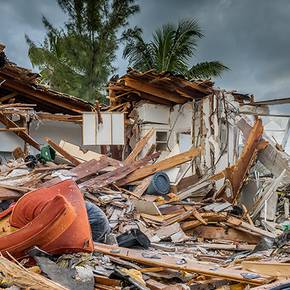
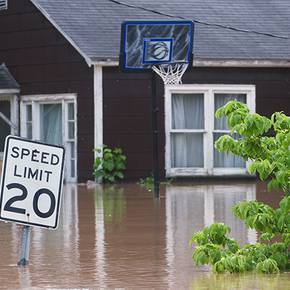
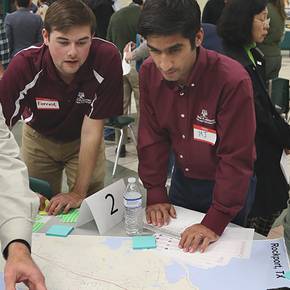
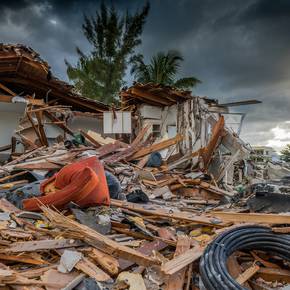

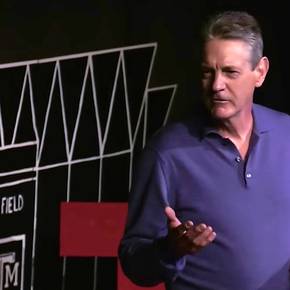
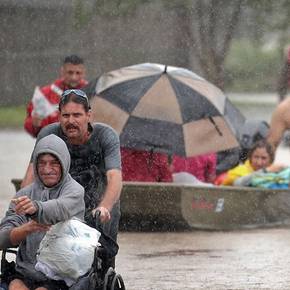
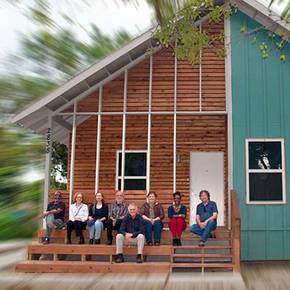
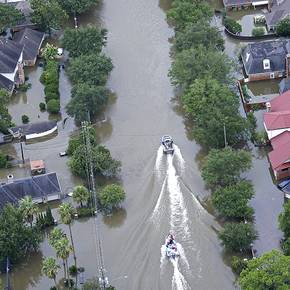
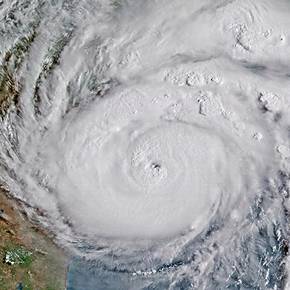

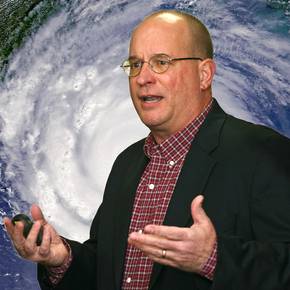
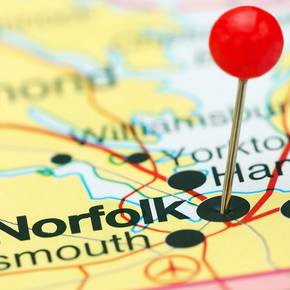
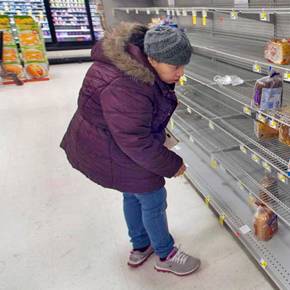
hrrc

Planning prof heads study of disaster housing aid
posted
June 12, 2020
After a natural disaster, private aid groups spring into action, helping Americans recover from tornadoes, floods and other calamities. But could these groups help long-term, post-disaster housing recovery more effectively?

Aggie scholars help develop disaster resilience software
posted
February 13, 2020
Real progress is being made by Texas A&M urban planning faculty to help communities better prepare for and recover from natural disasters.

Emeritus prof edits landmark disaster planning book
posted
February 5, 2020
Hailed as “an extraordinary contribution to the hazard and disaster planning field,” a new book edited by Michael Lindell, professor emeritus of urban planning, emphasizes the importance of combining urban planning and hazard mitigation.

Master of Urban Planning program reaches new heights
posted
November 14, 2019
The Master of Urban Planning program at Texas A&M has vaulted into the upper echelon of programs of its kind in new rankings published by Planetizen, an independent, online platform that reports urban planning news and resources.

Disaster recovery and hazard symposium findings presented
posted
August 6, 2019
Leading campus disaster recovery and hazard scholars will explore recent and ongoing research on Hurricane Harvey and disaster resilience at Resilience Rising: Research and Practice on Harvey and Hazards of the Future Sept. 5-6 at Texas A&M’s Rudder Tower.

Planning prof takes reins of hazard research center
posted
July 11, 2019
One of the nation’s premier hazard research hubs, the Texas A&M Hazard Reduction and Recovery Center, will continue focusing on disaster preparedness, mitigation and recovery with its new director Michelle Meyer, assistant professor of urban planning.

LAUP prof delivers TEDx Talk defining 'uncanny wisdom'
posted
June 29, 2018
Seemingly rational choices, made in the wake of natural disasters, can produce unsound results due to “uncanny wisdom,” a term, coined by a Texas A&M urban planning professor, describing actions that eventually exacerbate problems they were meant to solve.

TAMU agencies unite to help build resilient coastal communities
posted
March 19, 2018
In the wake of Hurricane Harvey, two Texas A&M groups have teamed up to launch the Community Resilience Collaborative, a program aimed at bolstering the resilience of the state’s coastal communities to natural hazards and at restoring their habitats and ecosystems.

Senators hear of post-Harvey housing problems from prof
posted
December 7, 2017
Editor’s note: Texas lawmakers heard Shannon Van Zandt, professor of urban planning, describe the significant housing difficulties low-and moderate-income people face as they recover from devastation caused by August 2017’s Hurricane Harvey.

Study: Focused plans help cities prepare for climate change
posted
December 5, 2017
Municipalities are more responsive to natural disaster plans that focus on a single threat, such as flooding, than they are to comprehensive resiliency strategies, according to a study evaluating how U.S. cities are adapting to the impacts of climate change.

College community responds to Harvey
posted
September 20, 2017
As tens of thousands of Texans undergo a long, difficult recovery from Hurricane Harvey, numerous faculty and students initiatives at Texas A&M University are helping individuals and communities learn how to emerge from the damage and mitigate the effects of future disasters.

Faculty aid Harvey reportage, analysis
posted
September 19, 2017
As Harvey’s record-setting rainfall inundated coastal Texas, expert researchers in natural disaster planning, recovery and sustainability at Texas A&M, through analysis and numerous media interviews, described how land development practices exacerbated the flooding and prescribed actions to mitigate future disasters.
Peacock advises Congress in wind storm impact group
posted
September 19, 2017
Walter Gillis Peacock, director of the Texas A&M Hazard Reduction and Recovery Center, is one of 15 experts serving on a committee established by Congress to review efforts to reduce life and property loss from windstorms, the nation’s costliest natural hazard.

Texas A&M hazard team's 'scorecard' adopted by Norfolk
posted
September 5, 2017
City planning staff in Norfolk, Va., a coastal city of 243,000, have identified weaknesses and inconsistencies in their community’s natural hazard plans with a scorecard developed in part by Texas A&M disaster researchers.

HRRC eying how disasters influence food distribution
posted
October 11, 2016
Texas A&M University researchers are collaborating on an NSF initiative aimed at identifying links between the U.S. food distribution system and the nation’s energy, water and transportation networks that are most likely to be disrupted in a natural disaster.
Follow Us
Facebook Twitter Vimeo Youtube Flickr RSS
Recent Posts

Planning prof heads study of disaster housing aid
June 12, 2020

A message from the dean
June 2, 2020

Former student remembered as expert planner
April 16, 2020

Leading educator named new head of Architecture Dept.
April 1, 2020

COVID-19 tests given in student-built clinic
March 30, 2020



_thumbnail_small.png)
